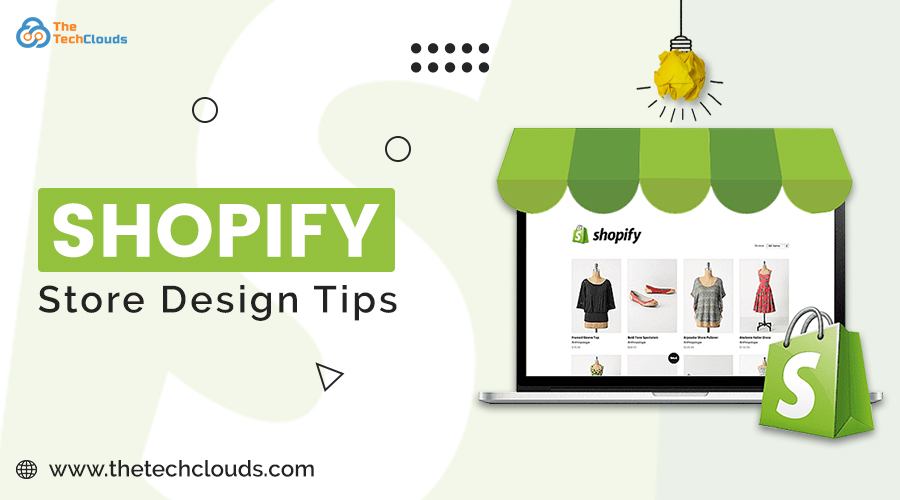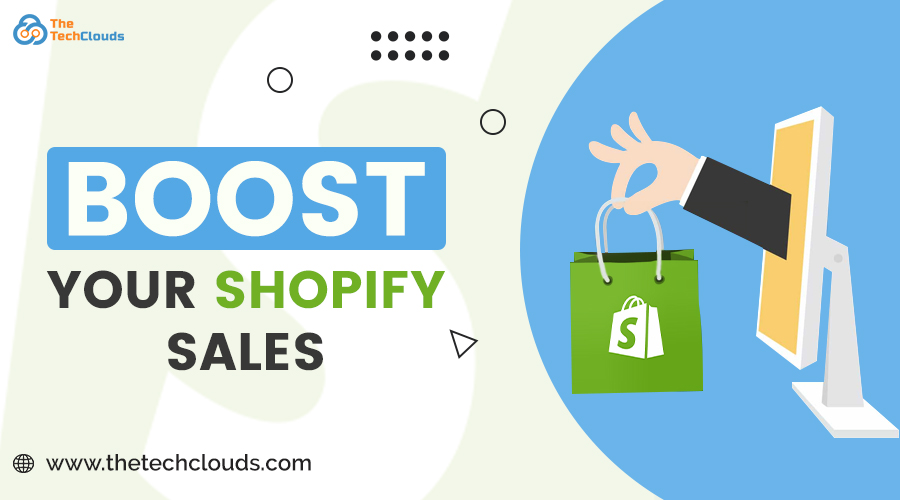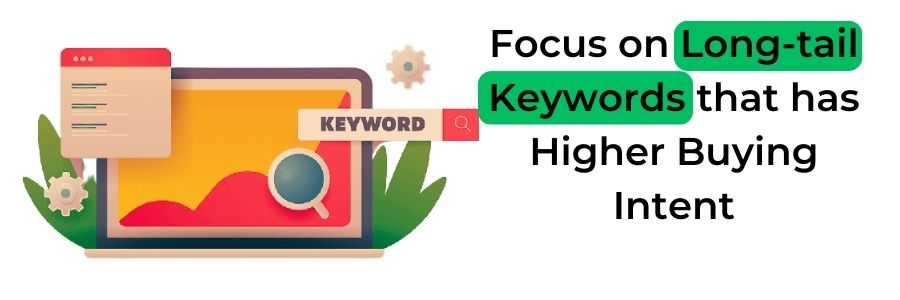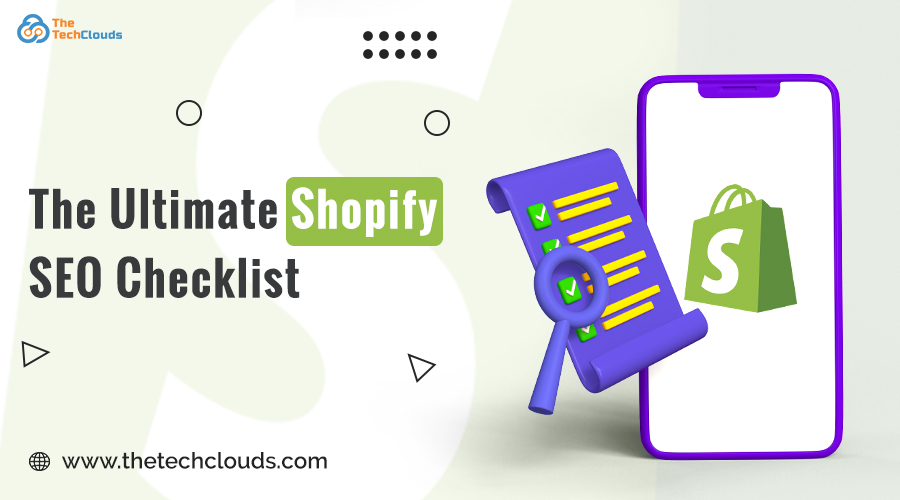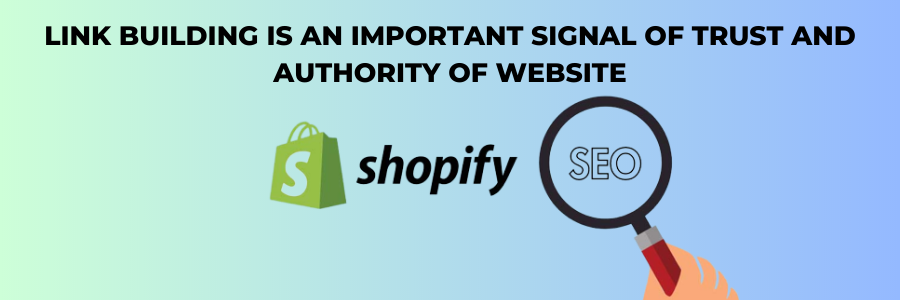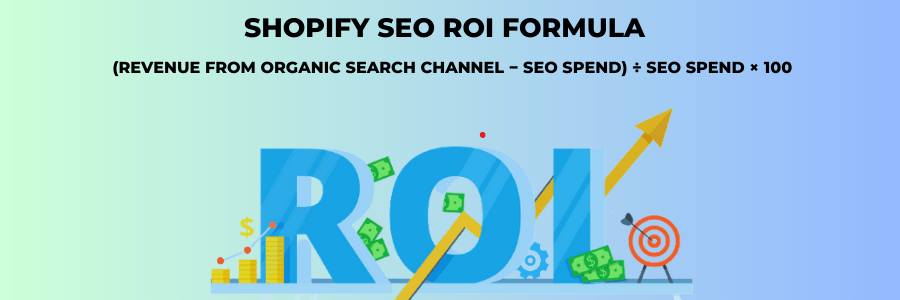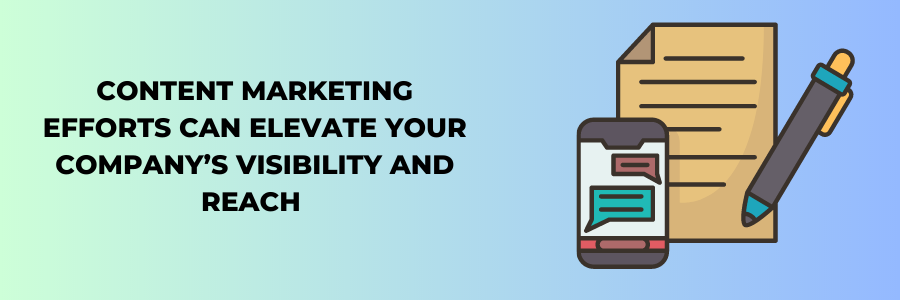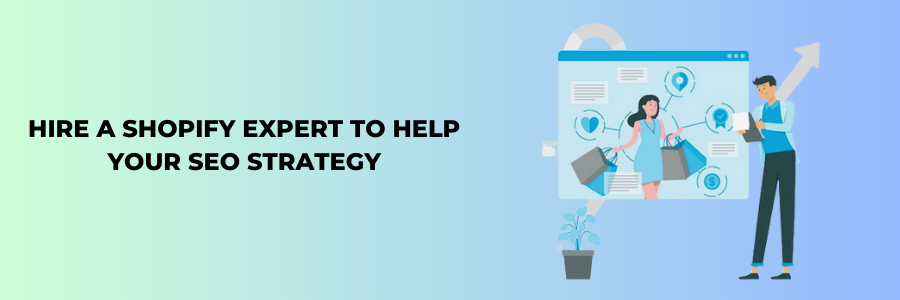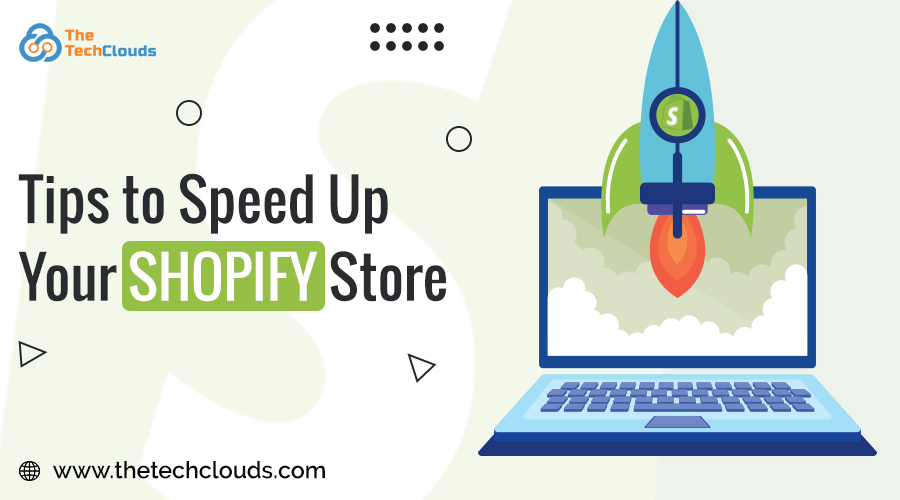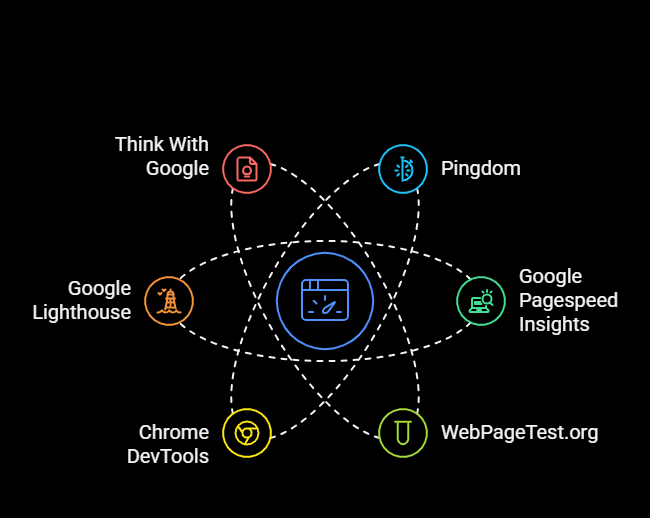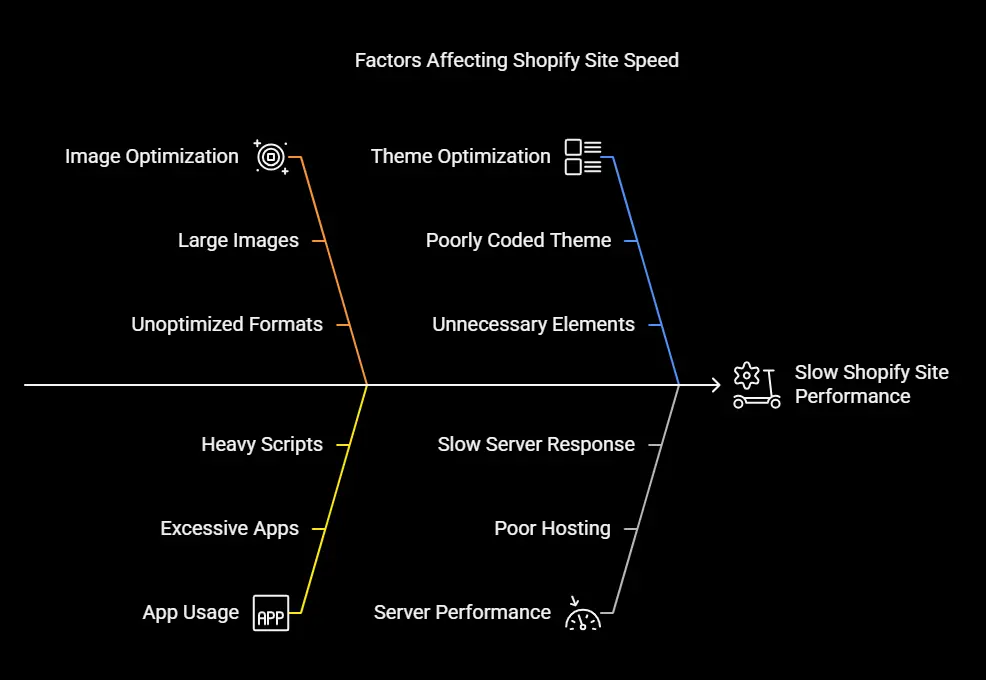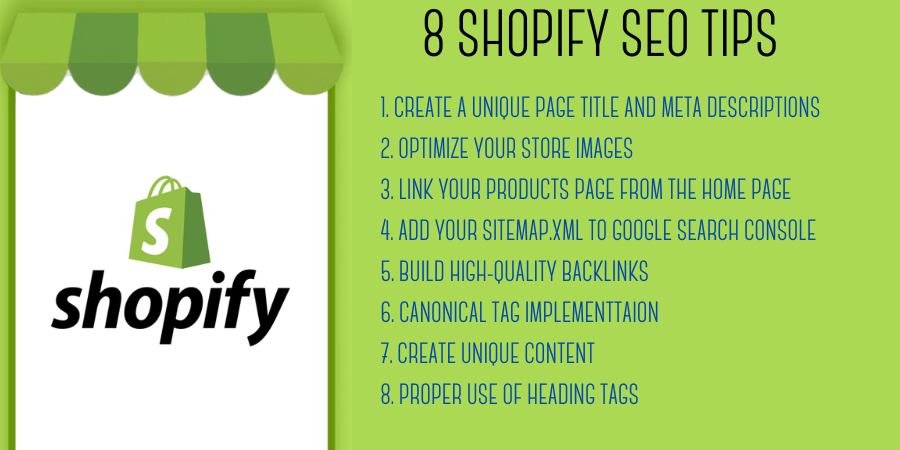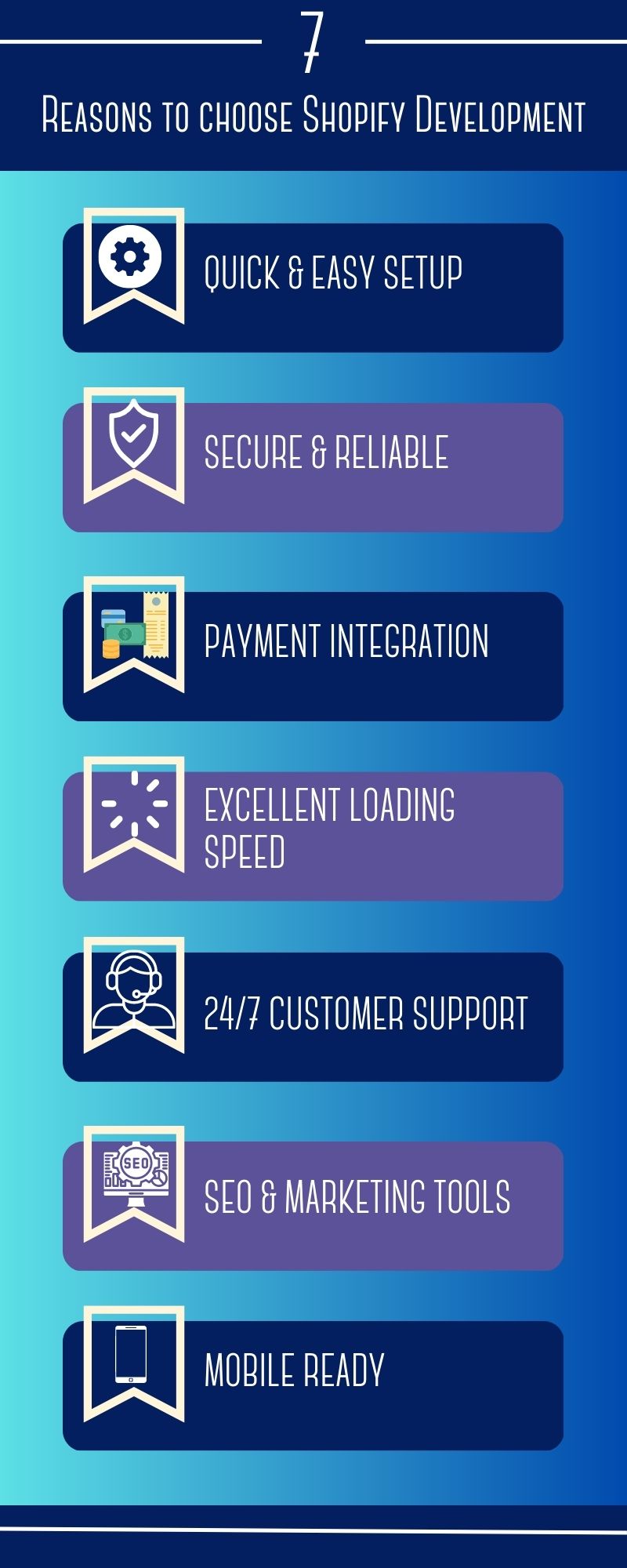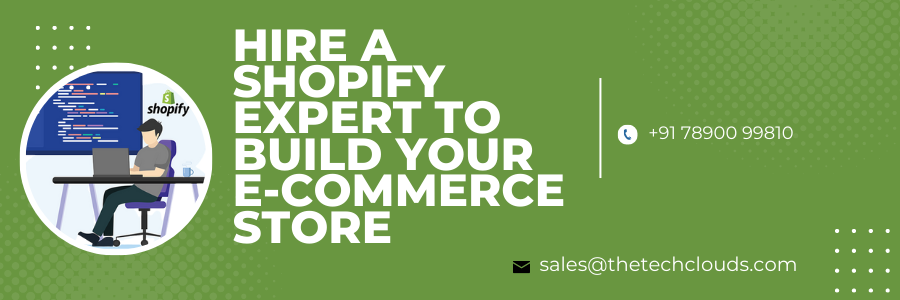Have you chosen the Shopify platform to build your online shop? Then this comprehensive guide to building a user-friendly Shopify store is a must-read for you. We suggest you read this blog till the end to get an in-depth perspective on this. Let’s begin then!
What is User-friendly Shopify Store Development?
It’s a process to build or turn the UX and UI of a Shopify website appropriate to the target audience and make the overall functionality seamless and optimized for users. Audiences have now become very conscious about the quality of user experience with brands while choosing the most potential solution.
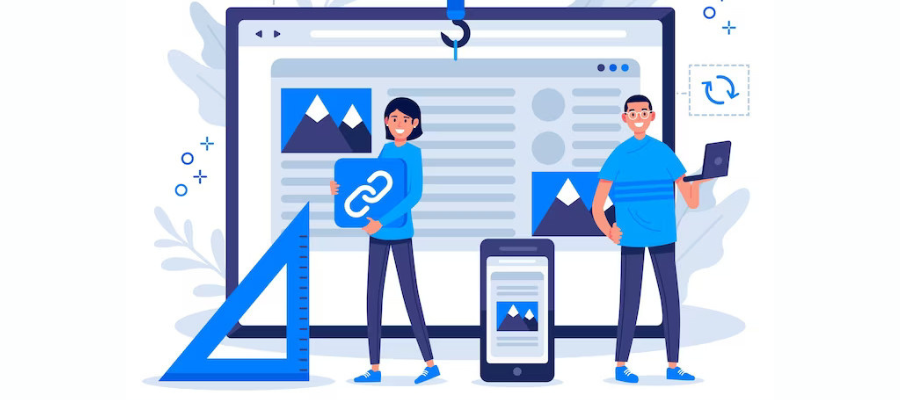
What is Shopify Development Services?
Developing and setting up an online store or ecommerce store on Shopify is a process of Shopify Development. Companies with expertise in Shopify ecommerce development services set up Shopify stores, develop mobile apps, develop customized themes, and initial website marketing- these overall functions are collectively called Shopify development services.
Core Strategies for Crafting a User-Friendly and Professional Shopify Store
Plan your online shop’s concept
Building a strong plan for ecommerce store development is the key to building a successful user-friendly Shopify website. Planning means investing time in customer research, target market research, product planning, and industry development planning.
Start by researching your customer’s behavior, preference, buying journey, and competitive research. Then know the industry trend, and understand your competitors’ market positions, and strength, Therefore, plan your core products that make your brand stand out by showcasing unique value.
Select or build a customized theme
Shopify themes are the visual templates in the Shopify website designs. Deciding on a theme is crucial as this will decide the appearance of you online in front of the customers. Having an appealing appearance is important for a website as 80 % of the first appearance about a brand happens on its website design.
• Check the websites of industry leaders
Have a look at the leading brand’s site to get an overview of the best standard.
• Pick Website features
Decide the features you want to add to your store that makes the website yours.
• Decide the user experience
Choose the framework, overall design, font size, and text positioning that looks engaging to your customers.
• Set budget
Know the plan and prepare a cost-effective budget to build your Shopify store that can achieve higher ROI from website design investment.
Hire Shopify theme development experts to build a website that is customized themed website focused on customer experience, budget, and website goal.
Also Read: Shopify Speed Optimization Guide
Add Product Features
The product features include product images, photos, product titles, and product descriptions. Showcasing all features rightly uplifts the experience of users with the ecommerce brand.
Presenting your products on the website is an art that adds value to the website and builds a brand image among the target audience.
Hence, you should take care of the product display and product features process with the following tips.
- Product image
Use HD quality identical images that help shoppers to understand products’ true values in a few glances.
- Product Description
Write crisp descriptions about products’ usages, features, and appearance for each product to introduce them to prospective buyers. Make the descriptions include the pain points of your customers.
- Product Title
Use a short time between 30 to 70 characters for products and make sure that includes your target keyword.
- User guide video
Create user guide videos to show customers how the product works and what are the functionalities as part of the Shopify website development process.
- Setting competitive price
After extensive research and analysis of competitors, set a competitive price range.
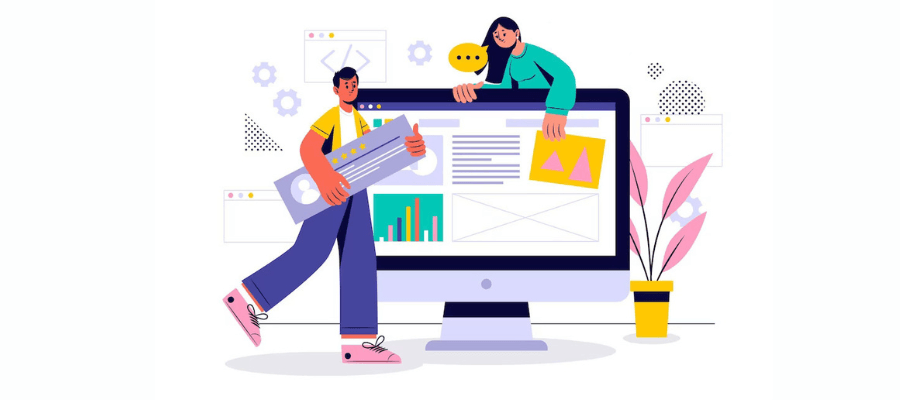
Add Tailor-made Features and Plugins
Shopify offers 6000+ apps in its app Store so use it as an opportunity to boost your online shops’ usability and user experience. Adding plugins and apps to the Shopify store is like adding additional features to an existing shop to enhance its power.
Add apps, plugins, and customized settings to make your website able to offer services and satisfy diverse audiences. Quick checkouts, multi-language, and multi-vendor shipping are some most famous features of custom ecommerce development using the Shopify platform.
- Seamless checkouts
Choose an easy and simple check-out template that matches the design of the overall template and the brand’s visual elements.
- Shipping
Edit the shipping setting from the admin portal and add most value-adding features with real-time tracking features
- Languages
Set the language setting as per your business model and requirement. Make sure to set multiple languages to target global customers.
- Email notification
Email notification constantly communicates with customers by sharing real-time updates and creating convenience for the customers and stakeholders. Use and edit the email notification template as per your goal.
Create a Bespoke Store with Consistent Visual Content
While creating an online shop make sure your online shop look yours from all dimension; be it features, website template, color, logo, or setting, all these look-alike to your brand’s identity.
Hiring Shopify ecommerce development services allows you to build an online shop aligned with your website goal that stands out among the crowd easily. How do they build a branded Shopify store? They take care of the following details.
Build individual web pages with care
Starting from the home page to the product page of your website, they ensure to showcase your brand’s clear message and ultimate intent to your target customers. As their experts build a home page with a perfect lead-capturing design and a product page with a comprehensive product catalog to push leads to conversion.
- Give importance to the Shopify SEO optimization process
Shopify customization specialists build Shopify website mobile responsive, and easy to navigate to make them SEO friendly as we can’t deny the SEO part to win the user experience. hence promoting SEO content, testimonials, and reviews as social proof Is also critical
Also read: The Ultimate Shopify SEO Checklist
- Add conversion elements to all pages
Along with capturing leads, it is important to take care of the conversion strategy in parallel. Hence, experts agencies, don’t forget to put conversion elements to all pages of the eCommerce shop.
Core elements of conversions
- CTAs
- Widgets
- Share buttons
- Social media share options
- Showcase your brand’s value propositions
What makes your brand stand out is your value proposition. Shopify UX experts add and demonstrate value propositions in each part of your Shopify store to boost the chance of conversion rate for each lead.

Are You Ready To Hire Shopify Development Services?
Building a Shopify store with the best UX features is not a lengthy or complicated process If you have a clear idea about your website goal, target customers’ expectations, and industry trends.
Have you been involved too much in your business innovation? Don’t have enough time to focus on the marketing part? Leave that part to our reliable Shopify ecommerce development services expert. To know more book a free consultation with us to check our efficiency!


